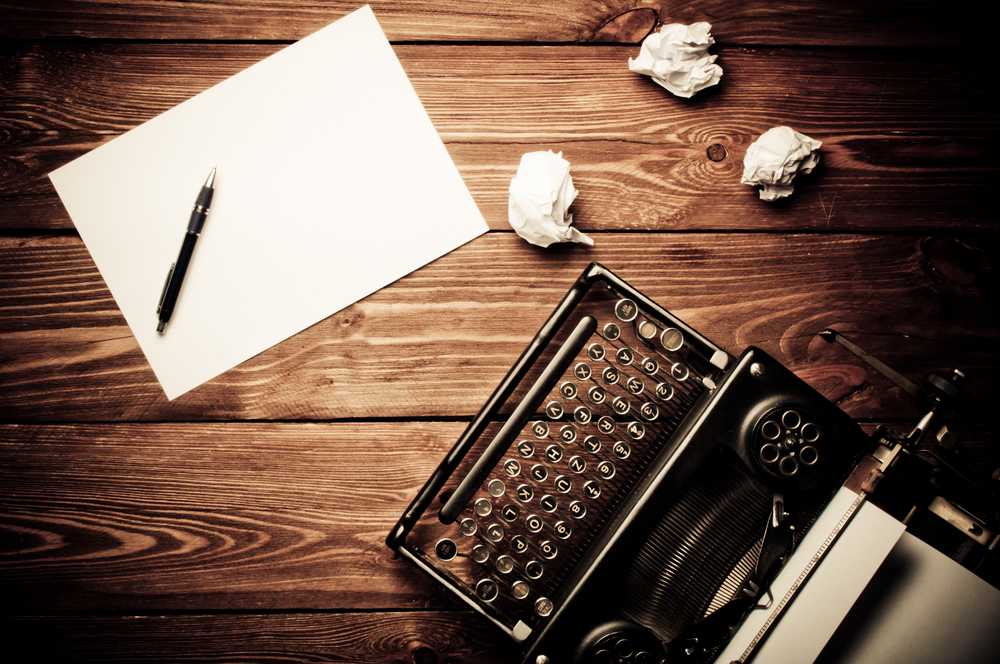Into The Woods A Five-Act Journey Into Story
The author of this relatively recent and increasingly popular book is TV producer John Yorke, ex-Head of Drama at Channel 4 as well as former Controller of Drama at the BBC. So it’s fair to assume that Yorke is a guy who knows his stuff with regard to story and narrative structure.
Throughout the book, Yorke seeks to uncover the universal patterns underlying story. He argues that these – like Jung’s archetypes – are universal because such narratives are an intrinsic expression of our human nature. Yorke explores the way that narrative patterns pleasingly echo those that occur in nature. He gives the example of fractals (patterns in nature that exists at the smallest unit level and are repeated in larger units.)
Then we get to his in-depth examination of story structure. Essentially, he concludes that all stories follow a distinct pattern. Yes, even when their writers are adamant they are not doing so! Yorke believes this pattern can almost always be mapped to a five-act, rather than the classic three-act, structure. He then breaks this down in detail for the reader.
One thing that I loved about Into The Woods was the chart at the end listing all the main screenwriting gurus and methods (yep, so there we have our Truby, Save The Cat, Linda Aronson, Vogler, Syd Field etc etc). He shows how all their separate “methods” and structures are just different terms for what is essentially the same pattern. By doing so, Yorke clearly seeks to set himself above all those pesky cowboy screenwriting gurus. I have to say, however, that I’ve personally found that each “guru” does in fact have a little something different to bring to the party in terms of practical approach and application, all of which I’ve found useful in my writing.
Another thing Yorke does far better than most is offer plenty of salient examples from recent TV shows and movies, examples with which all readers should be familiar. It takes away the element of snobbishness that we sometimes see in theoretical discussions of this sort. I also liked his chapter on repeated patterns at the beginnings and endings of stories.
I did however feel that the book was overly repetitious and muddled in places. It came across more to me as an academic thesis and personal labour of love for the author than a practical guide for other writers. I found its ideas interesting but not especially new. And I’m afraid that when I tried to apply them practically and incorporate them step-by-step into methods I already use, I found myself oddly frustrated. It feels rather that Yorke goes very in-depth on some elements and skims over others. That said, Into The Woods has fast become a modern classic for students of writing, story and structure. If you are unfamiliar with the underlying theories of these, I can see why it could be considered a key addition to your writing-book collection.
Useful if you are:
- After a detailed analysis and overview of story structure
- Looking for the whys and hows of story and narrative
- Interested in storytelling theory and philosophy
- A fan of psychoanalytic theory
- Wanting lots of recent examples and are happy to have them from film and TV
Less Useful if you are:
- Seeking a step by step guide to storytelling
- After examples from novels and short stories, not film
- Looking for a guide that will help you unpick story problems
- In need of a practical guide to story-building




